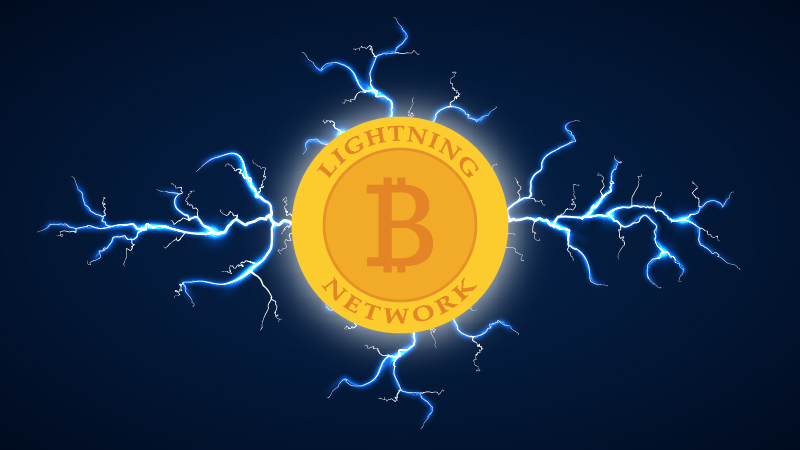On Wednesday, September 28, the Bitcoin Lightning Network came up with a major development with the alpha release of the Taro daemon protocol. Taro is a Taproot-powered protocol allowing developers to issue assets and transfer them over the Bitcoin blockchain.
The Lightning Network is a Layer-2 scalability protocol for the Bitcoin blockchain. With the launch of the Taro daemon, developers will now be able to “mint, send, and receive” assets on the Bitcoin blockchain. In the coming months, the Lightning Network will be adding more advanced features to the Taro daemon. The official announcement read:
Universes will allow users and asset issuers to provide proofs about asset provenance, supply issuance, and more easily interact with Taro asset data. Once the on-chain functionality is complete, we’ll work towards integrating the Taro protocol into
lnd, bringing Taro assets to the Lightning Network.The initial work to implement simple, unannounced Taproot channels in
lndhas begun, a prerequisite for Lightning channels that can send and receive Taro assets.
Bitcoinizing the Dollar
Engineers at the Lightning Network called the launch of the Taro daemon the first step toward Bitcoinizing the Dollar. This is because Taro will allow issuing stablecoin on the decentralized blockchain network. Thus, users will be able to use stablecoins the same way they use Bitcoin: “instantly settled, low-fee, peer-to-peer transactions without financial intermediaries”.
Another positive thing with Taro is that users will be able to have USD-denominated balances and BTC-denominated balances in the same wallet. This will further accelerate the goal of bringing Bitcoins to billions.
Mint, Send and Receive Assets
All the Taro Assets have been embedded with existing Bitcoin outputs, or UXTOs. The official announcement explains:
A developer mints a new Taro asset by making an on-chain transaction that commits to special metadata in a Tapoot output. When minting a new asset, the Taro daemon will generate the relevant witness data, assign the asset to a private key held by the minter, and broadcast the newly created bitcoin UTXO to the bitcoin network. This new outpoint becomes the genesis point of the newly minted asset, acting as its unique identifier.
The Taro minting process comes with a few design attributes of verifiability, scalability, and the ability to issue fungible assets like currencies. Michael Saylor, a huge proponent of Bitcoin, is very confident that the Lightning Network will facilitate greater adoption of BTC. He also believes that it will also solve some of the existing issues within the DeFi space.
The presented content may include the personal opinion of the author and is subject to market condition. Do your market research before investing in cryptocurrencies. The author or the publication does not hold any responsibility for your personal financial loss.

